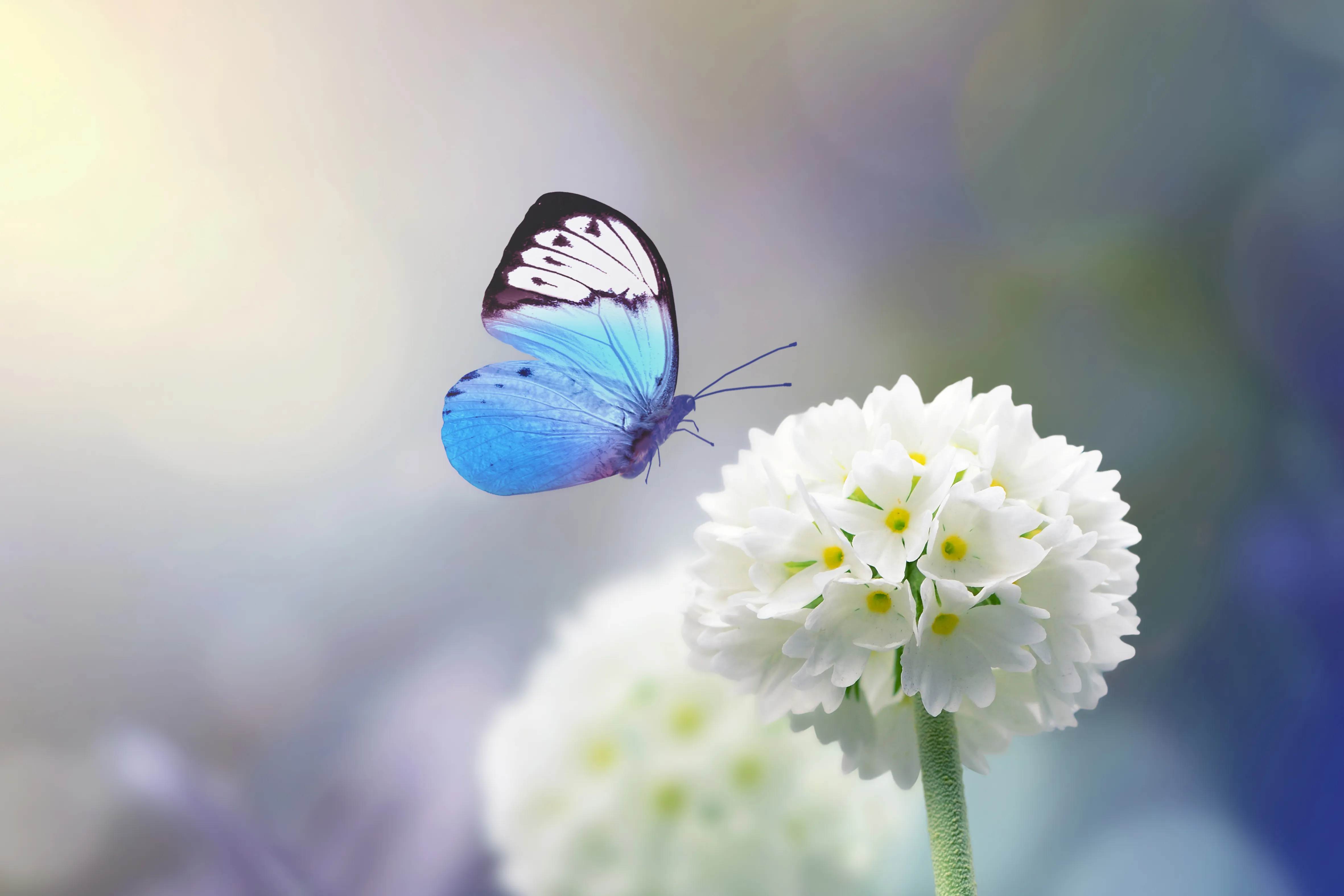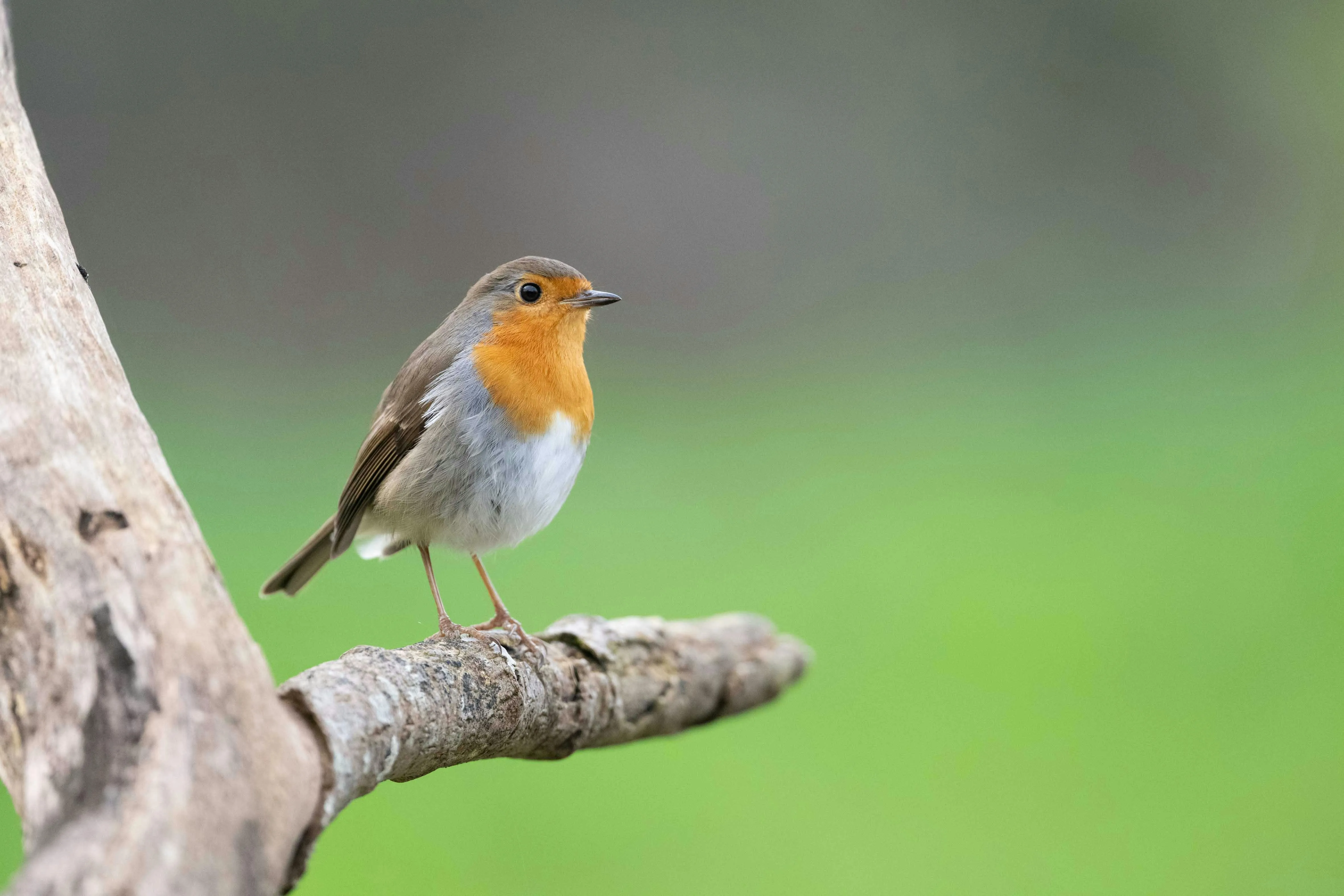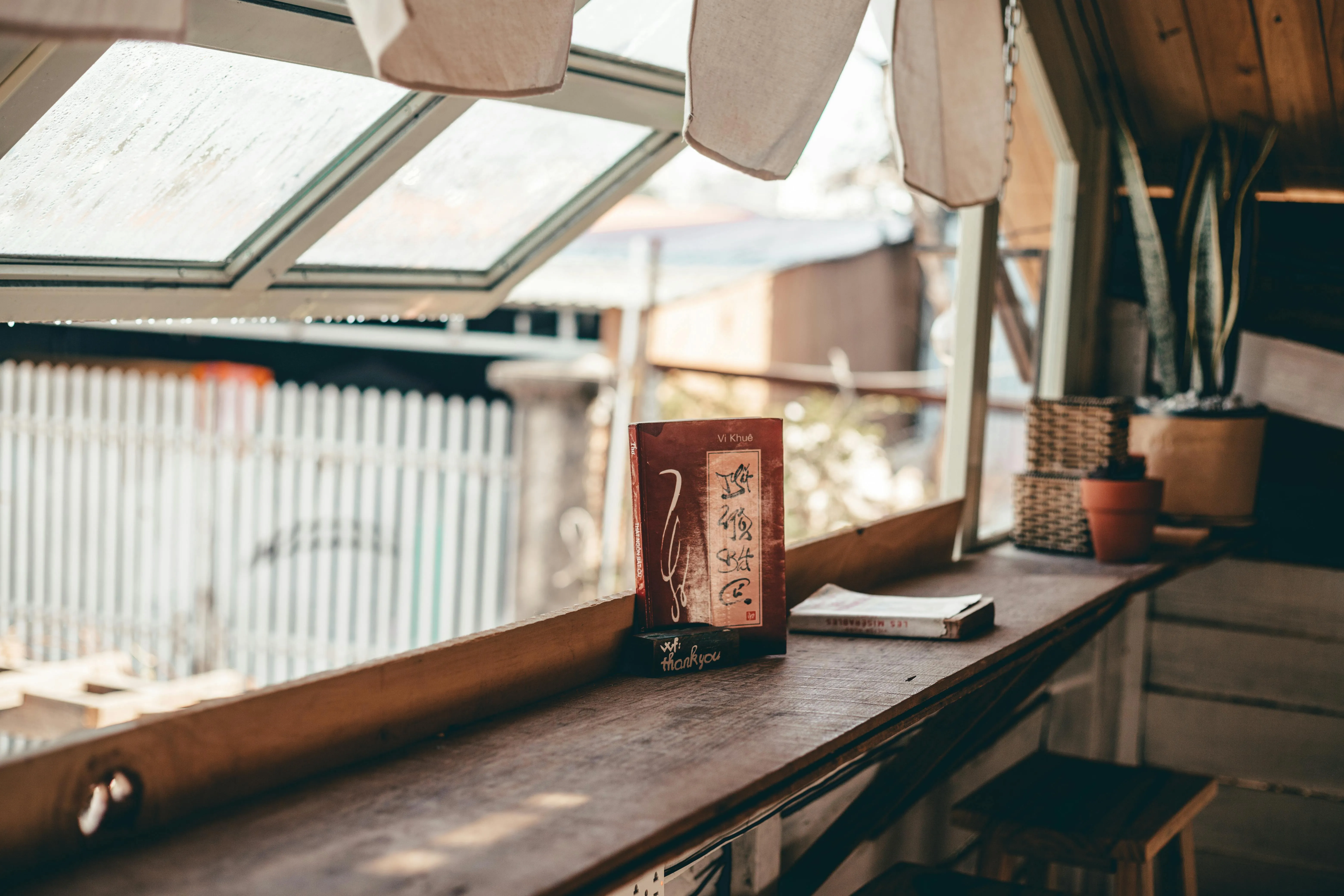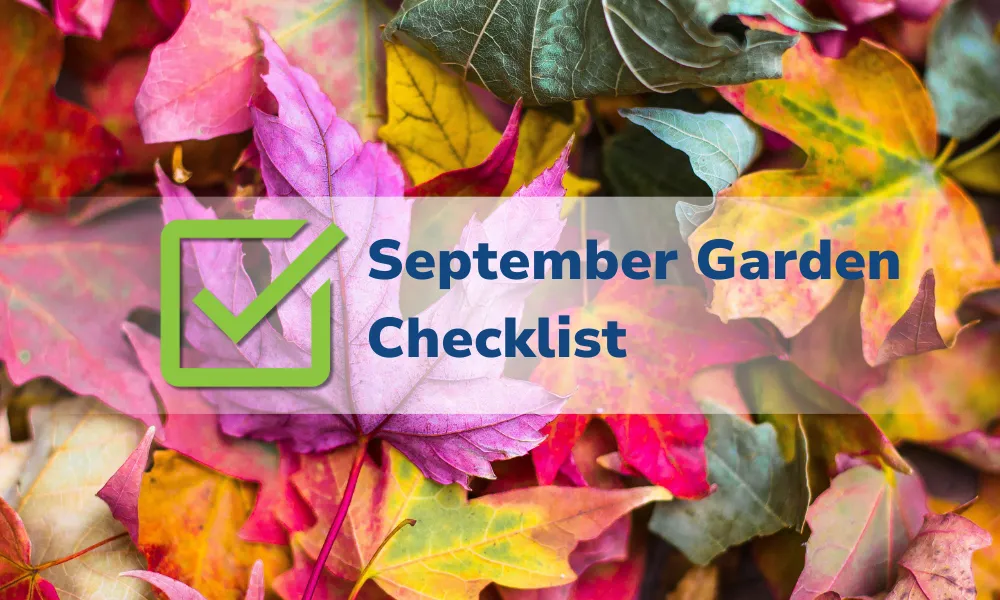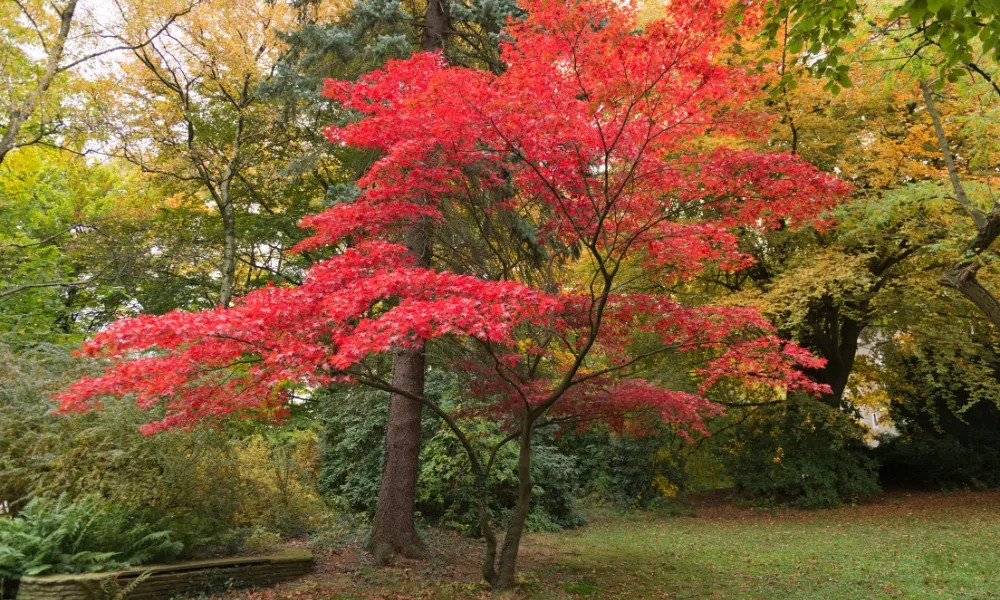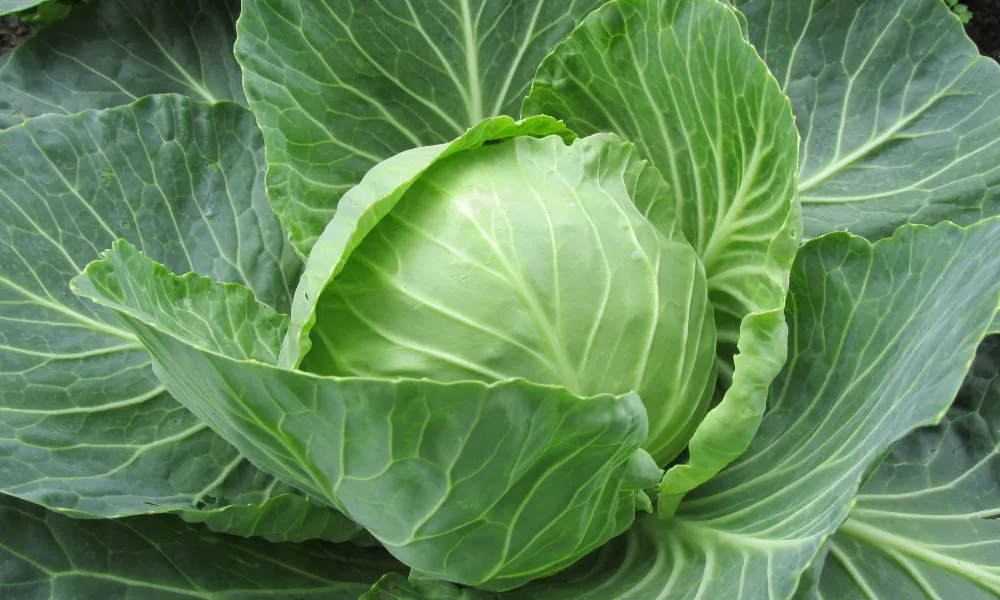
Companion planting by definition is to plant plants that benefit each other close together. It might be that they offer shade to the sun sensitive, attract pollinators, provide nutrients or keep pests at bay. Here I am going to focus on the pest aspect of companion planting.
Companion planting is a great way to organically control pests and diseases around your plant.
By simply planting a plant that repels or is preferred by a certain pest or common disease in your focus plant you can do away with the need for harsh chemicals and more elaborate methods of control. Here I will give tips on the more often used companions and their targeted pest.
Tomatoes- Aphids, Spider mites and Whitefly love Tomato plants. Nasturtiums are irresistible to aphids and whitefly and so will divert their attention. Marigolds are another good one and work with their strong scent to keep away any moths. Nasturtiums are a favourite of mine as they can be used in salads along with your tomato crop!
Carrots- Carrot blackfly is the dreaded pest here. By planting Alliums alongside your carrots you can confuse the blackfly enough that it won't 'see' your carrots. Leeks, Onions or Chives are perfect for this.
Cabbages/Broccoli/Kale- Beetles (Flea,Leaf)- Sage is a great companion plant here. It's strong scent keeps away the beetles and its blue flower attracts Hoverflies and bees and so there's the added pollination benefit also.
Roses- Greenfly/Blackfly- Lavender not only looks fabulous with roses but it is excellent at keeping the Aphids and Greenfly at bay. Thyme is another one that does a similar job.
Runner Beans- Slugs and Snails- Lettuce is perfect for this but bare in mind it will be sacrificial! The slugs will be more attracted to the Lettuce and so therefore leave your beans alone. Nasturtiums can also work well here as an aphid lure.
Apple Trees- Apple Scab- By planting Chives under and around your apple tree you can prevent the fungus that causes Apple scab from setting in.
Strawberries- Aphids and Spider Mites- Catnip(Nepeta) is perfect for keeping these pests at bay. You can also plant Lettuce beside Strawberries to give them shade and also to hide the fruits from any birds that may spot them.
There are a number of plants that when planted in your garden will attract the predators of the most common pests. For instance Yarrow (Achillea millefollium) will attract plenty of Hoverflies and Ladybirds who will happily feast on Greenfly and Cabbage Whites. Sage (Salvia) is a firm favourite of bees and naturally deters many pests with its strong scent. There is a lot to be said for keeping an area in the garden minimally maintained dedicated to wildflowers for this reason.
It is very hard to avoid using pesticide in the garden and it does often seem like the easiest option but hopefully with a bit of planning and companion planting we can avoid using it more than we have to and be a little bit closer to organic growing :)



